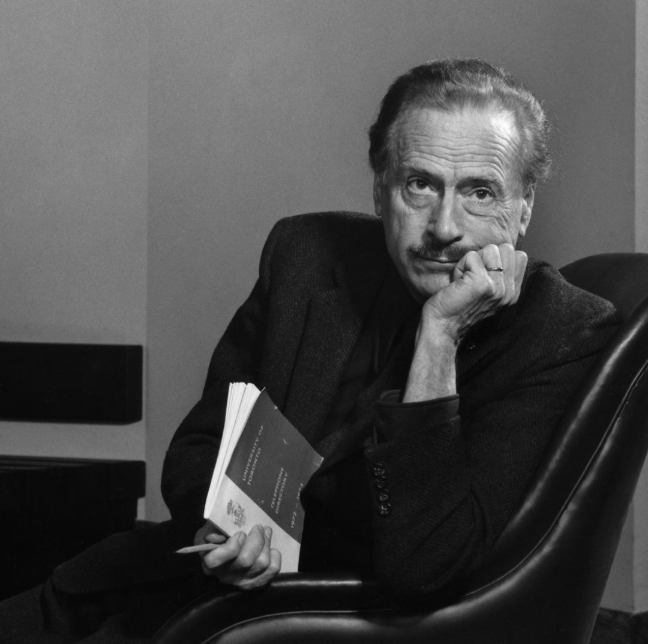Media theory helps us understand how communication tools shape our thoughts and our daily lives. That means the media is more than just a carrier of information. The media also affects the way we pay attention, our sociability and the way society operates. This perspective is also essential in the digital age.
Harold Innis pointed out that different media influence time and space in different ways. Some media may retain information for a long time. Other media can spread information quickly. Today’s digital platforms fall into the second category. Social media content spreads quickly and disappears just as quickly. Hot subjects appear quickly, then disappear just as quickly. Public attention continues to shift. This rhythm comes from the structure of the medium itself, not just from the content.
Marshall McLuhan proposed that “the medium is the message.” It means that the medium will influence our behavioral habits before coming into contact with the content. The digital platform reflects this. Short videos, ever-growing notifications and the ever-flowing flow of information have accustomed us to responding quickly. They encourage emotional judgment rather than deep thought. They also reduce the space to read slowly and think calmly. This media environment explains many network problems. Verification of the facts alone cannot solve the problem of information distortion. The very design of the platform can also influence people’s behaviour.
McLuhan also believed that media is an extension of human capabilities. This view is still valid today. Smartphones can save our contacts, notes and schedules. Search engines remember information for us. Artificial intelligence helps us write and make decisions. These tools bring us convenience. But they have also changed the way we think and remember When technology takes over tasks, our habits will also change accordingly. We rely more on external systems rather than our own capabilities.
McLuhan’s concept of a “global village” is very obvious today. Digital networks connect users around the world instantly. News and emotions cross national boundaries within seconds. Such connections bring opportunities for sharing experiences. It also brings new challenges. Online communities foster a strong sense of identity. Conflicts spread very quickly. People become closer to those far away, but sometimes more distant and divided from those around them.
Neil Pozman warns that modern media tend to turn information into entertainment. This phenomenon is even more prominent today. The platform competes for attention through mechanisms such as likes and page views. News, education and politics have also been forced to adopt rapid and dramatic approaches to seek exposure. Serious issues must compete with entertainment content. The most watched content often becomes the most important content, even if it shouldn’t.
Raymond Williams reminds us that technology does not determine society alone. Human choices and social systems determine how media operate. This view is very crucial today. The platform and algorithms can be adjusted, managed and standardized. People can also decide how to use technology. Society can still influence the direction of the digital world.
In conclusion,media theory helps us understand that digital media is not just about texting. They are creating a new environment of thought and communication. Recognition of this fact can help us develop healthier media habits and promote a more rational public culture.


This is a really insightful post! I appreciate how you connected Innis and McLuhan to today’s digital platforms — it really demonstrates how the structure of media shapes our attention, habits, and even our thinking. I found the point about short videos and notifications encouraging quick emotional responses, particularly striking. I also appreciate how you included Williams’ reminder that society can still influence technology — it’s a hopeful perspective in an age where platforms often feel uncontrollable. This post made me reflect on my own media habits and how much the design of apps affects the way I think and interact online.